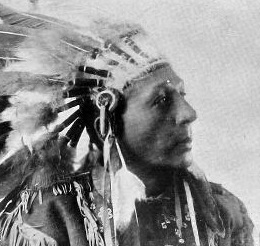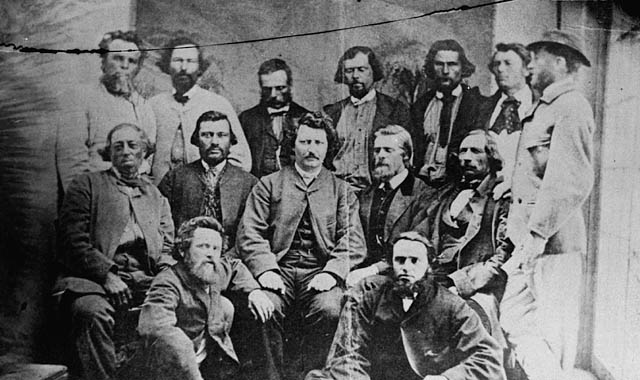Article
Jean-Louis Riel
Jean-Louis Riel (also known as Louis Riel Sr.), Métis leader, farmer, miller (born in 1817 in Île-à-la-Crosse, Saskatchewan; died in 1864 in Saint-Boniface, Manitoba). Riel rallied hundreds of Métis people in support of Métis defendants against the Hudson’s Bay Company in the 1849 Sayer trial. A landmark case in the history of the Canadian West, the Sayer verdict re-established free fur trade in the Red River Colony. By the 1850s, Jean-Louis Riel had become a leader of the French-Canadian community in the Red River. His role in having the French language used in the Assiniboia courts, and in gaining representation for the Métis on the Council of Assiniboia, helped to cement this status. Riel’s outspoken stance on Métis rights and autonomy significantly influenced his son, Louis Riel, who went on to become arguably the most significant historical Métis leader.












